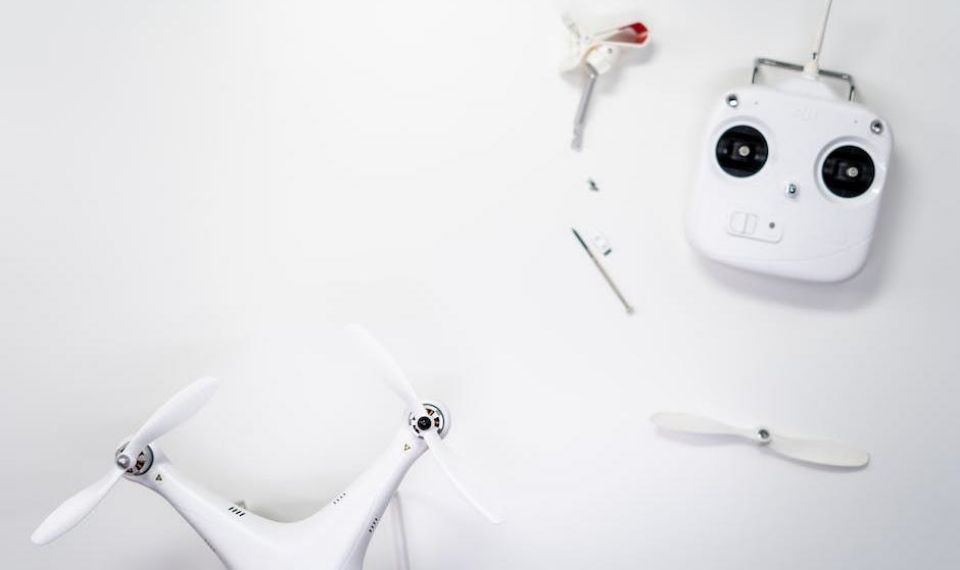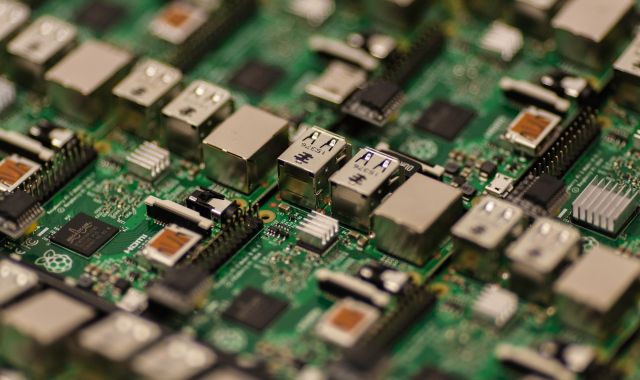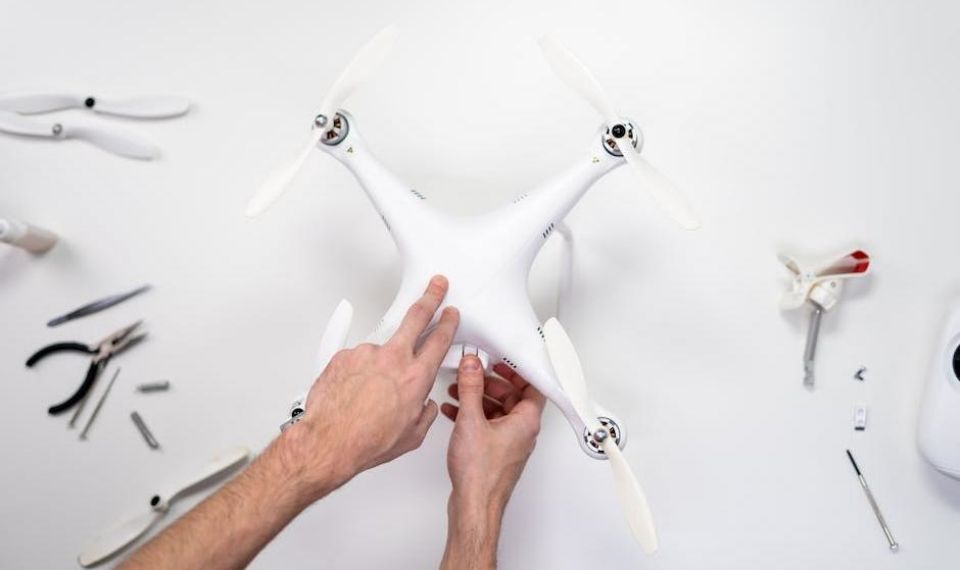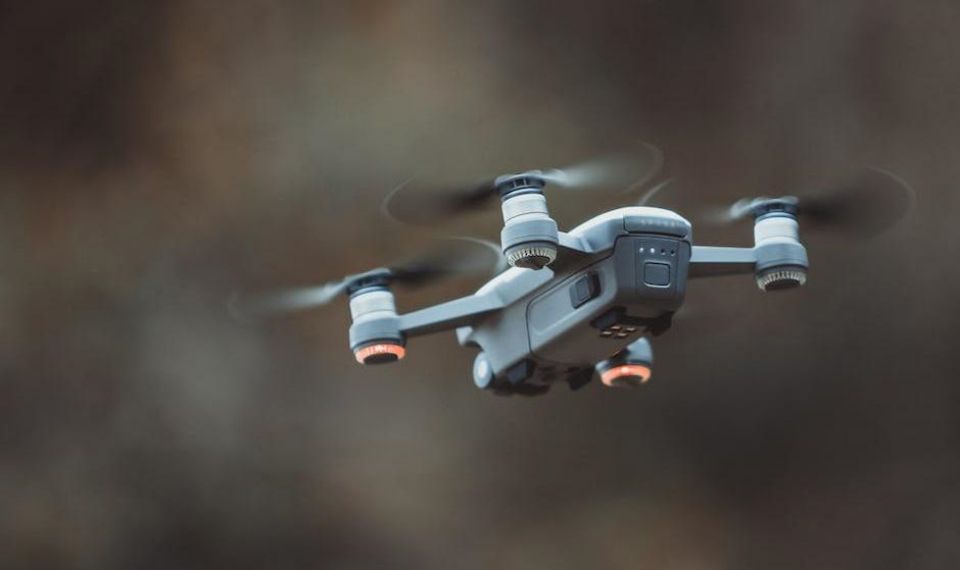
Over the last decade, technology has continued to evolve at a staggering rate, reshaping the world as we know it. A particularly fascinating area within the grand tech landscape is the world of drones. Drones, once largely related to military operations, has branched out into numerous sectors influencing everyday life. We could discuss applications in agriculture, construction, and photography, yet today, let’s focus on the captivating intersection of rescue operations and drone technology.
Visualize a sprawling natural disaster site. Site assessments, search and rescue operations, resource distribution. The commonality? They are all severely impacted by calamities. Whether it’s a hurricane aftermath or a monstrous forest fire’s remains, the devastation caused poses colossal challenges to the workforce. Enter drones. As handy, airborne tools, drones have gradually integrated into disaster management, marking a stride in technological advancements.
Let’s picture a vivid scenario for a more concrete sense of this technology. An alarm rings at the rescue operations center; a storm surge has caused a catastrophic flood situation in a suburban area. As the team scramble into action, a set of eyes in the sky becomes an instrumental part of their plan. Operating from the safety of their desks, the rescue team deploys an automated drone. This compact device, equipped with a high-resolution camera, flits into the air, whirring past the buildings, eradicating the need for human involvement in high-risks areas.
Having a bird’s eye view of the affected area, the drone captures high-definition imagery, delivering real-time data to the control room. It scripts a precise map, highlighting the impassable roads filled with debris, the underwater homes, the locations of stranded survivors. The real-time analysis significantly reduces prep time, illuminating a faster pathway to strategizing rescue missions.
But drones do more than merely survey disaster scenes. Equipped with thermal imaging technology, they assist in locating the heat signatures of human bodies trapped under rubble or in cold, harsh environments. Their infrared sensors can detect warm bodies in pitch darkness, cutting through the fog of confusion in calamitous situations.
Moreover, equipped with speakers, the drone can establish a makeshift line of communication. Sending an airborne message of hope to stranded survivors, urging patience and promising aid can help appease the panic, guiding isolated victims to safe points visible to the drone.
Notably, drones don’t just witness the disaster; they can partake in the relief efforts. By strapping relief packages like food, water, or medical supplies to their bodies, drones could fly across challenging terrains, dropping aid at strategic locations. In many cases, they serve as a lighthouse, guiding rescue boats toward survivors in the midst of choppy waters.
It is the amalgamation of technology with human creativity and empathy that enables drones to step up from gadgets to lifesavers. With each development, the past ten years have solidified their status as an integral part of rescue operations. However, this is merely their nascent stage, the tip of the iceberg. The potential applications for drones in rescue and safety efforts are copious, reinforcing the exciting future woven by the threads of technology.









